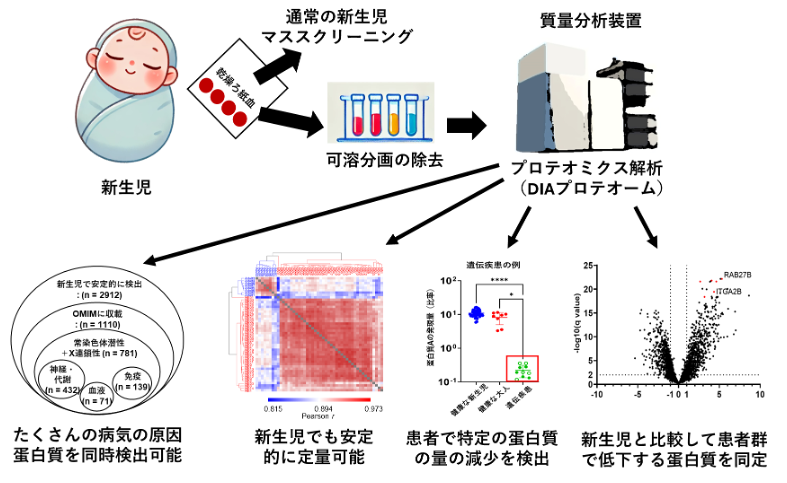2024-10-31 カーディフ大学
<関連情報>
- https://www.cardiff.ac.uk/news/view/2876022-text-message-reminders-help-teens-brush-their-teeth
- https://onlinelibrary.wiley.com/doi/10.1111/cdoe.12940
中高生の虫歯予防のための歯磨き行動変容介入(レッスンとテキストメッセージ): BRIGHT無作為化対照試験 Behaviour change intervention for toothbrushing (lesson and text messages) to prevent dental caries in secondary school pupils: The BRIGHT randomized control trial
Nicola Innes, Caroline Fairhurst, Katie Whiteside, Hannah Ainsworth, Debbie Sykes, Sarab El Yousfi, Emma Turner, Ivor G. Chestnutt, Anju Keetharuth, Simon Dixon, Peter F. Day …
Community Dentistry and Oral Epidemiology Published: 08 January 2024
DOI:https://doi.org/10.1111/cdoe.12940

Abstract
Objectives
This multicentre, assessor-blinded, two-arm cluster randomized trial evaluated the clinical and cost-effectiveness of a behaviour change intervention promoting toothbrushing for preventing dental caries in UK secondary schools.
Methods
Pupils aged 11–13 years with their own mobile telephone attending secondary schools with above average free school meals eligibility were randomized (at year-group level) to receive a lesson and twice-daily text messages or to usual care. Year-groups (n = 84) from 42 schools including 4680 pupils (intervention, n = 2262; control, n = 2418) were randomized.
Results
In 2383 participants with valid data at baseline and 2.5 years, the primary outcome of presence of at least one treated or untreated carious lesion (D4-6 MFT [Decayed, Missing and Filled Teeth] in permanent teeth using International Caries Detection and Assessment System) was 44.6% in the intervention group and 43.0% in control (odds ratio [OR] 1.04, 95% CI 0.85–1.26, p = .72). There were no statistically significant differences in secondary outcomes of presence of at least one treated or untreated carious lesion (D1-6 MFT), number of D4-6 MFT and D1-6 MFT, plaque and bleeding scores or health-related- (Child Health Utility 9D) or oral health-related- quality of life (CARIES-QC). However, twice-daily toothbrushing, reported by 77.6% of pupils at baseline, increased at 6 months (intervention, 86.9%; control, 83.0%; OR 1.30, 95% CI 1.03–1.63, p = .03), but returned to no difference at 2.5 years (intervention, 81.0%; control, 79.9%; OR 1.05, 95% CI 0.84–1.30, p = .69). Estimated incremental costs and quality-adjusted life-years (QALYs) of the intervention, relative to control, were £1.02 (95% CI -1.29 to 3.23) and -0.003 (95% CI -0.009 to 0.002), respectively, with a 7% chance of being cost-effective (£20 000/QALY gained threshold).
Conclusion
There was no evidence of statistically significant difference for caries prevalence at 2.5-years. The intervention’s positive 6-month toothbrushing behaviour change did not translate into caries reduction. (ISRCTN 12139369). COVID-19 pandemic adversly affected follow-up.


